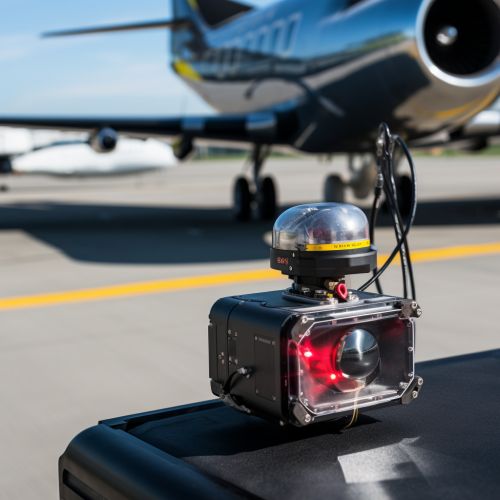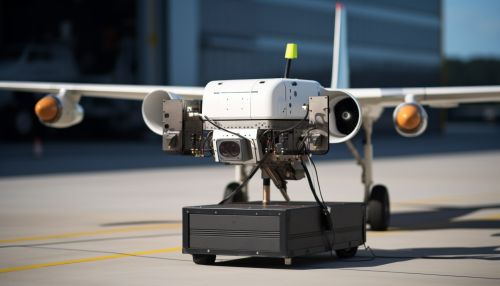Topographic Lidar
Introduction
Topographic Lidar, also known as Lidar, is a remote sensing technology that measures distance by illuminating a target with a laser and analyzing the reflected light. This technology is used extensively in topography to create high-resolution maps, with applications in geodesy, geomatics, archaeology, geography, geology, geomorphology, seismology, forestry, atmospheric physics, and more.
Technology
Topographic Lidar technology utilizes the principle of Radar but employs light from a laser. The system sends a laser pulse in a narrow beam towards the object and measures the time taken by the pulse to be reflected off the target and returned to the sender. The distance to the object is determined by calculating the round-trip time. This technology is capable of measuring distances with a high degree of accuracy, making it ideal for detailed topographic surveys.


Applications
Topographic Lidar has a wide range of applications due to its ability to produce precise and accurate topographic data.
Geodesy and Geomatics
In Geodesy and Geomatics, Lidar is used for creating detailed and accurate topographic maps. These maps are essential for various applications such as land surveying, urban planning, and construction.
Archaeology
In Archaeology, Lidar is used to detect and map archaeological features hidden under vegetation or shallow water. This technology has revolutionized the field by enabling archaeologists to survey large areas quickly and accurately.
Geology and Geomorphology
In Geology and Geomorphology, Lidar is used to study the Earth's surface, landforms, and geological structures. It allows for detailed mapping of fault lines, erosion patterns, and other geological features.
Seismology
In Seismology, Lidar is used to measure ground movement and deformation caused by earthquakes. It provides valuable data for understanding seismic activity and predicting future earthquakes.
Forestry
In Forestry, Lidar is used to measure forest canopy and estimate biomass, which is crucial for forest management and conservation.
Atmospheric Physics
In Atmospheric Physics, Lidar is used to measure atmospheric properties such as aerosol concentration, temperature, and wind speed. It provides valuable data for weather forecasting and climate research.
Advantages and Limitations
Like any technology, Topographic Lidar has its advantages and limitations.
Advantages
Topographic Lidar provides high-resolution and accurate topographic data. It can penetrate vegetation and shallow water, making it ideal for mapping hidden features. It can cover large areas quickly, making it more efficient than traditional surveying methods. It also provides three-dimensional data, which is crucial for many applications.
Limitations
Despite its advantages, Topographic Lidar also has some limitations. It requires clear line of sight between the sensor and the target, which means it cannot penetrate solid objects or thick vegetation. It is also affected by atmospheric conditions such as rain, fog, or dust. The accuracy of Lidar data can be affected by the angle of incidence, the reflectivity of the target, and the quality of the sensor.
Future Trends
The future of Topographic Lidar looks promising with advancements in technology and increasing demand for high-resolution topographic data. Developments in sensor technology, data processing algorithms, and machine learning techniques are expected to improve the accuracy and efficiency of Lidar systems. The increasing use of unmanned aerial vehicles (UAVs) for Lidar surveys is also a significant trend.
